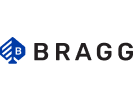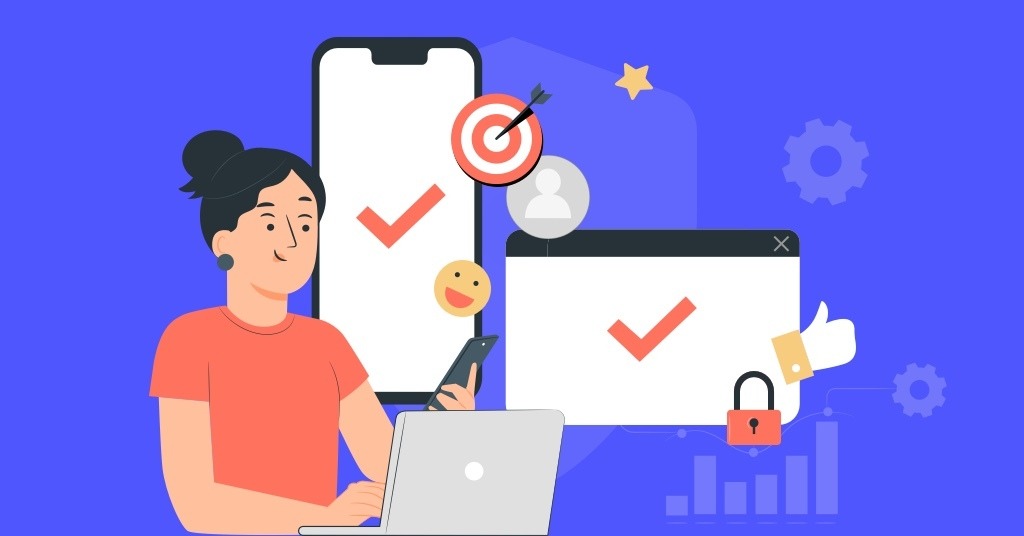One Solution, Infinite Possibilities
Turn visitors into loyal players with real-time data, AI and gamification.
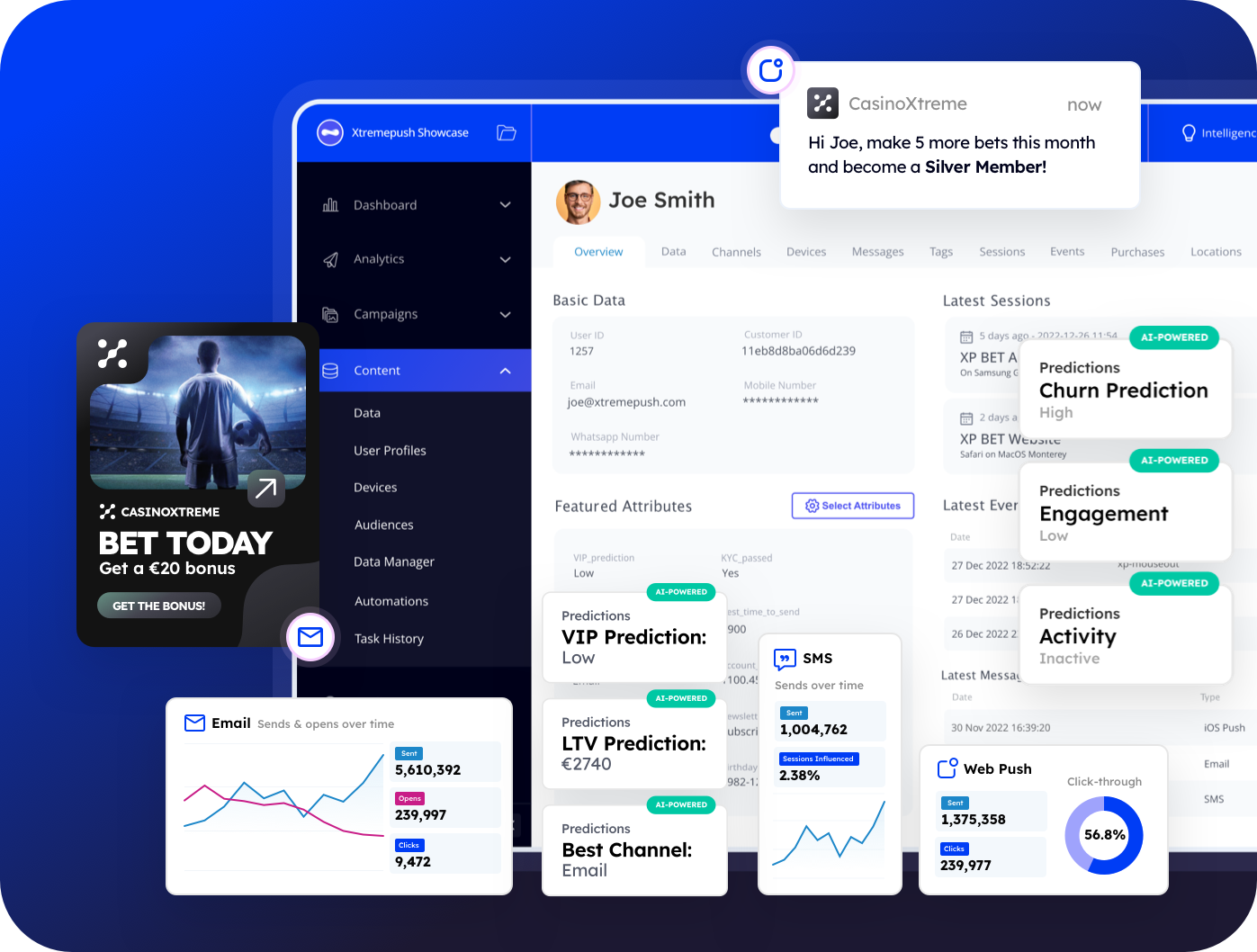
Trusted by top brands and partners

Discover CRM & Loyalty Marketing Powered by AI

.svg)
50%
Cost reduction
“Thanks to the unified platform that Xtremepush provides, we have been able to reduce our costs by 50% by investing in a CRM that has it all!”

Andreia Oliveira
COO of Betsul
Unlock Infinite Possibilities: Introducing InfinityAI!
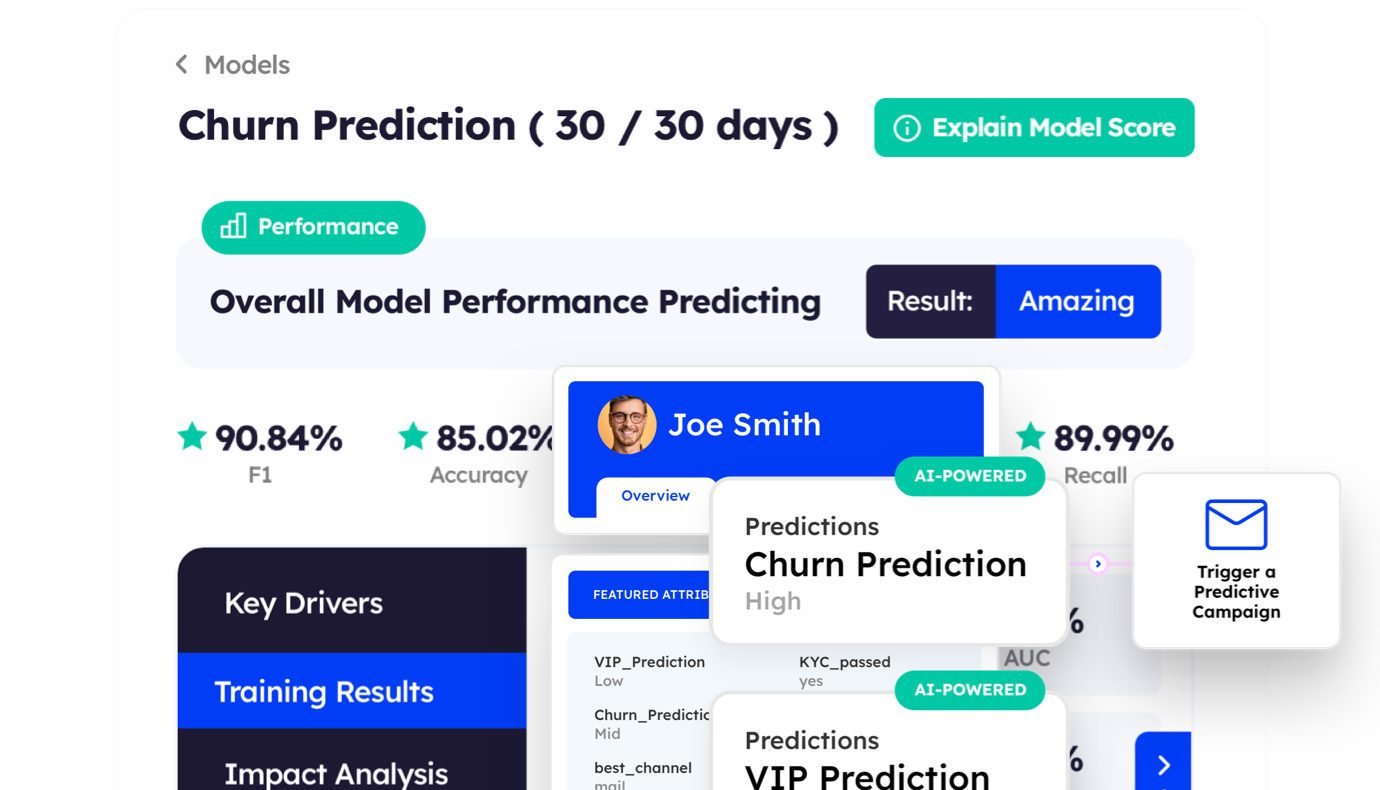

Recognised Industry Leader
We are proudly recognised around different review platforms and leading reports, including G2 and Forrester, along with many awards won for “Marketing & Services Provider of the Year” and “Online Initiative of the Year”.
Elevating Player Loyalty With Data-Driven Lifecycle Journeys
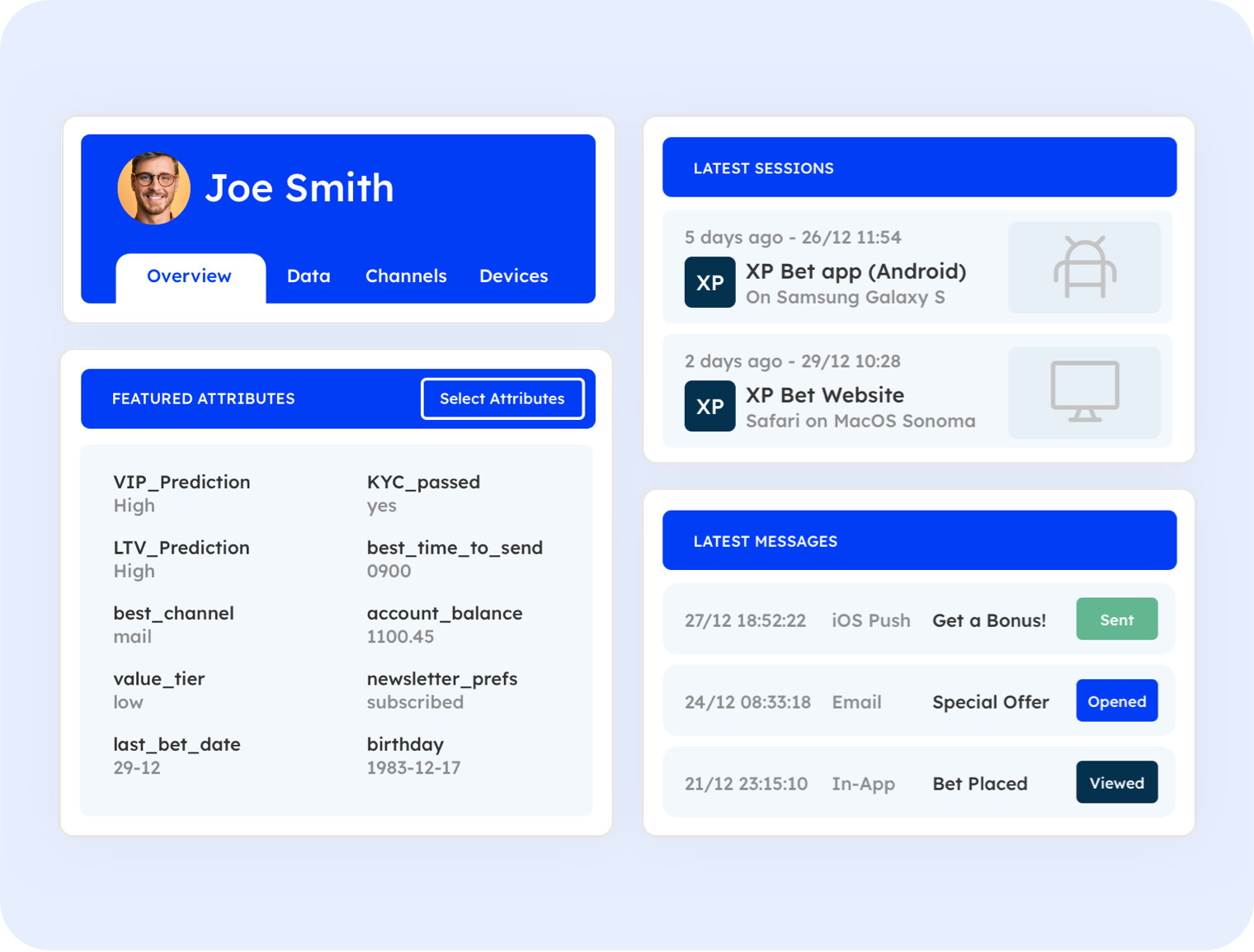
Understand Your Players in Real-Time
Collect and unify player data from all sources in real time (milliseconds) and deliver personalised campaigns that convert.
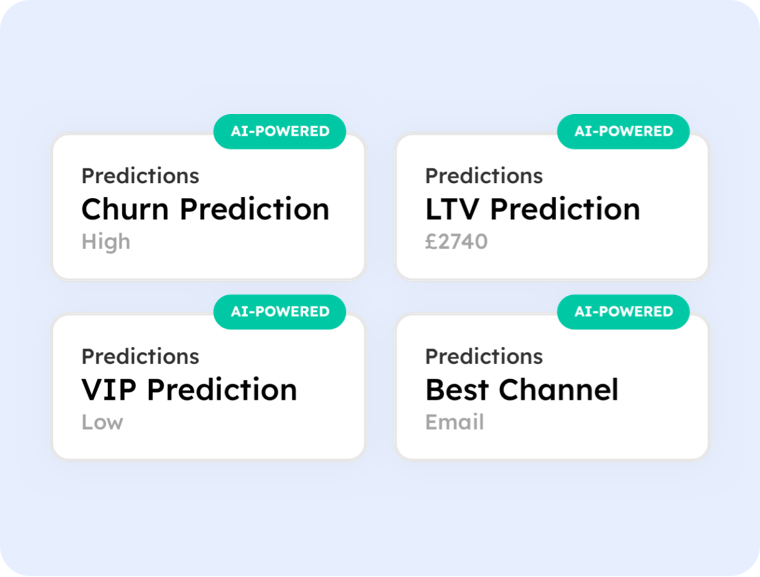
Discover Hidden Opportunities With Predictive Data
Identify potential VIPs early, prevent player churn and deliver precisely targeted offers with our transparent and flexible AI.
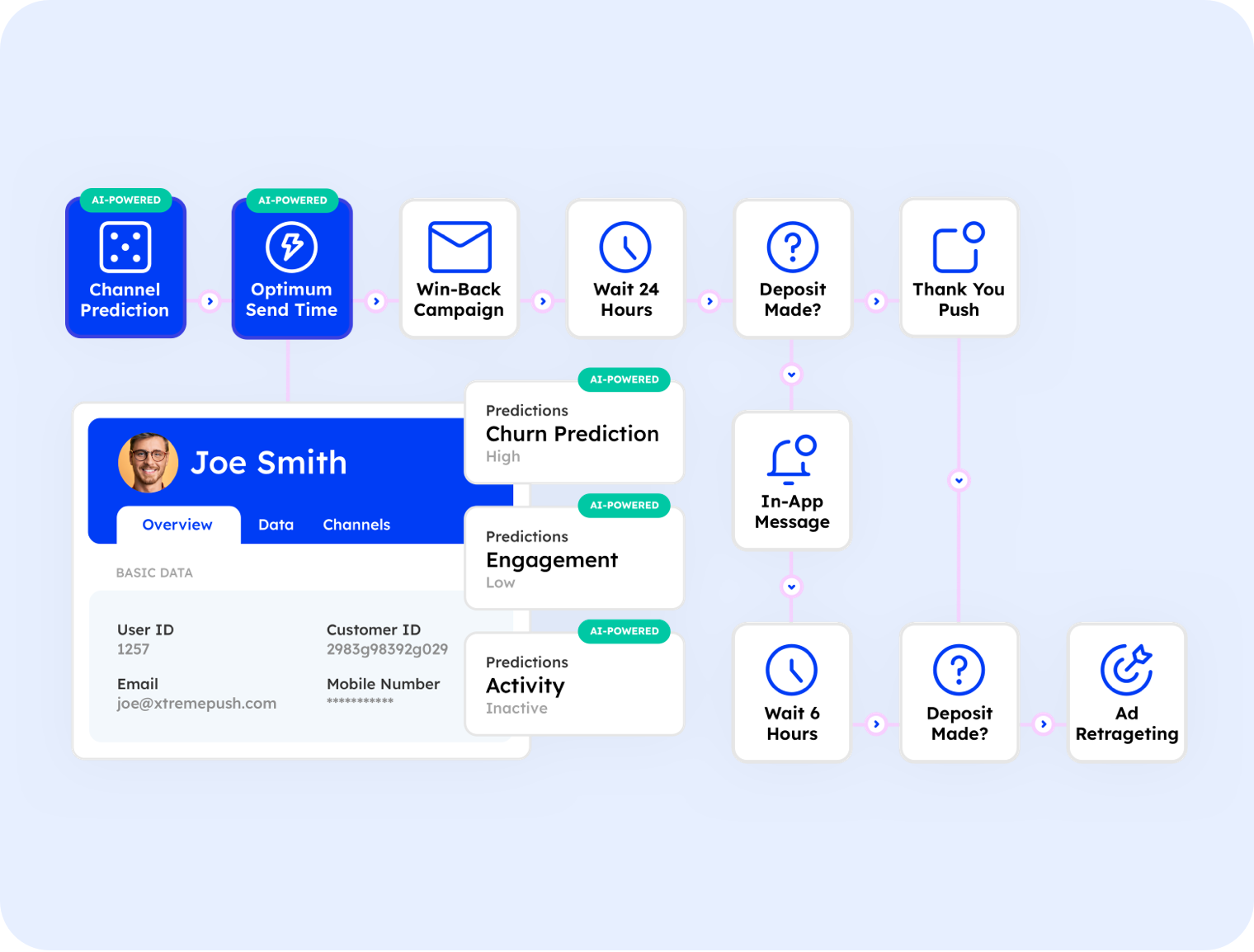
Deliver Connected Omnichannel Experiences at Scale
Launch omnichannel campaigns that are not only personalised for every player but also relevant and consistent across all channels.
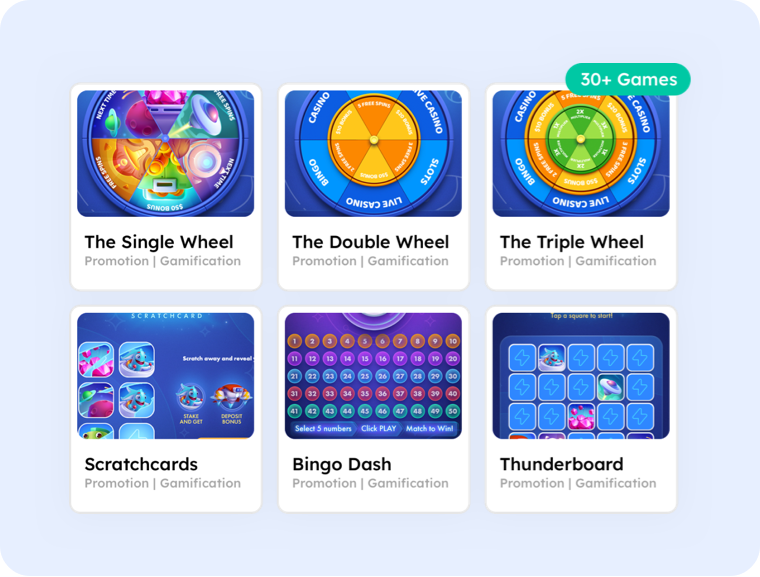
Maximise Player Engagement and Loyalty with 1:1 Gamification
Use F2P games to distribute rewards and bonuses in a more engaging way and build a seamless F2P to P2P journey.
Why Xtremepush?
One Unified Platform
Full suite of tools for modern CRM marketers
Future Proof Solution
Start with the capabilities you need and add more as you grow

Transparent and Flexible AI
Get the best model based on your unique data and use case
Results We Drive

600%
Increase
Betsul saw a 600% increase in annual revenue

90%
Open Rate
Superbet reached open rates as high as 90%

20%
Increase
Oddschecker gained a 20% Increase in active user base
Why Our Customers Love Us
The responses and feedback from our customers.
.svg)
“By creating an experience that is unique and relevant to every player, our retention rate has been incredibly strong. In turn, this has also led to a 600% increase in our Average Annual Revenue which is a huge achievement for us.”

Andreia Oliveira
COO, Betsul
.svg)
“Xtremepush helped us deliver on our goal of increasing our customer retention, as all our communication goes through the platform. We’re sending out more campaigns than ever, and at a higher cadence. It empowered us to execute on our new strategy, which almost doubled our number of players since last year.”

Joanna Beaton
Head of CRM, kwiff
.svg)
“Xtremepush has had a really positive impact on our results. Just looking back at Cheltenham this year, and then back to last year, we've seen a 20% increase in our active user base and an increase of 18% in bettors from pushing messaging.”

Annabel Fairburn
CRM Manage, Oddschecker
.svg)
“Xtremepush had an edge over all their competitors. The platform looked amazing, especially the customer journeys and the ease of creating a campaign. And the quality versus price ratio was very fair. They won us over.”

Adrian Caprita
CRM & VIP Director, Superbet
.svg)
“Xtremepush has proven to be an important strategic partner for daa, providing us with outstanding support and guidance. They have earned our trust, and we know we can rely on them to deliver on their promises on a day-to-day basis. Xtremepush has given us the ability to execute personalised, real-time campaigns and simplified the challenge of staying GDPR compliant”

Sinead Quish
Head of Customer Marketing, DAA
.svg)
“With Xtremepush powering our online engagement campaigns, we have been able to significantly increase the number of return visitors to our website and apps through a variety of channels. In particular, the breaking news alerts have been a vital way for us to connect with our audience and keep them updated about the latest events. The ease of the tool has also enabled us to create bespoke campaigns based on audience needs and monitor performance throughout.”

Olivia Ó Dochartaigh
Marketing Manager, RTÉ
Our Latest Blogs

Ready to Grow With Us?
Take the first step to start your personalisation and omnichannel journey. Get in touch today!















